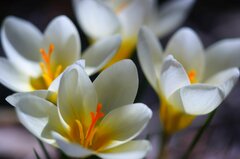Body upgrade or lens upgrade?
-
Similar Content
-
Camera body resets power-zoom lens focal length at power-up
By Paolo70,
- alpha
- focal length
- (and 5 more)
- 6 replies
- 1,140 views
-
- 8 replies
- 705 views
-
- 10 replies
- 1,032 views
-
- 8 replies
- 1,212 views
-
- 0 replies
- 323 views
-



Recommended Posts
Create an account or sign in to comment
You need to be a member in order to leave a comment
Create an account
Sign up for a new account in our community. It's easy!
Register a new accountSign in
Already have an account? Sign in here.
Sign In Now